A cursed plant but with a beautiful flowering: here is the story of the Tree of Judah and its characteristics.
We spoke in one of our articles about Judas Iscariot, the Apostle who betrayed Jesus Christ and delivered him to death. What happened after the event of the betrayal of Judas is sadly known: the Apostle, overwhelmed by the guilt and consequences of his actions, decides to commit suicide. In the Gospel of Matthew it is told that, after having thrown in the temple of money received in exchange for the delivery of Jesus, Judas goes to hang himself to take his own life.

The true story of Judas Iscariot: known for betraying the Messiah
Judas’ name is linked to the sad story of the apostle who betrayed Jesus: read this article to know the true story of Judas Iscariot.
According to tradition, the Apostle returned to the place where he had treacherously kissed the Master to deliver him into the hands of the High Priests. Right on the site of Judas’ kiss stood a Cercis Siliquastrum or siliquastro: it is said that Judas hanged himself from that very tree.

The siliquastro soon became negatively famous for this affair and is also known today as the Tree of Judah. In popular culture, it is thought that to redeem the reputation of this plant, considered a cursed tree after the gesture of Judas, God gave the siliquastro its wonderful flowering, so that it was admired and loved by men. Even, in some cultures, it is considered the Tree of Love.

Who were the 12 apostles and discover the difference between apostles and disciples
Who were the 12 apostles, companions of Jesus and who received from him the task of bringing the Word into the world?
Characteristics of Cercis Siliquastrum or Tree of Judah
The Tree of Judas is a deciduous plant native to southern Europe and Asia Minor. The bark is dark and the bright pink flowers – or white in the variety Cercis Siliquastrum Alba – stand out in borders and gardens. Due to the intense and rich flowering, and the pleasant drawing of the twisted and gnarled branches, the Judas Tree is frequently used as an ornamental plant. The leaves are light green and hearty, and sprout after the flowers.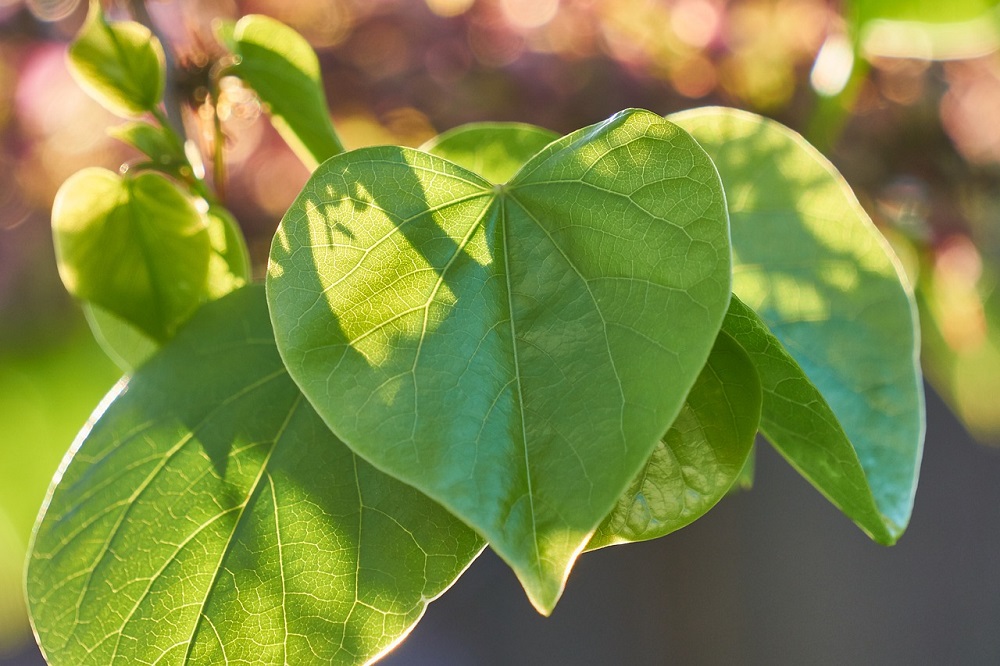
At the end of autumn, the tree produces its fruits: elongated pods that contain seeds. Given its origins, the siliquastro grows well in areas with a mild climate, while it is not suitable for cold climates. It is a medium-sized plant and can approach 10-12 meters in height.
At the moment of flowering the characteristic of caulifloria emerges: the flowers bloom directly from the branch, contrasting with the dark bark. Not many plants have this type of flowering.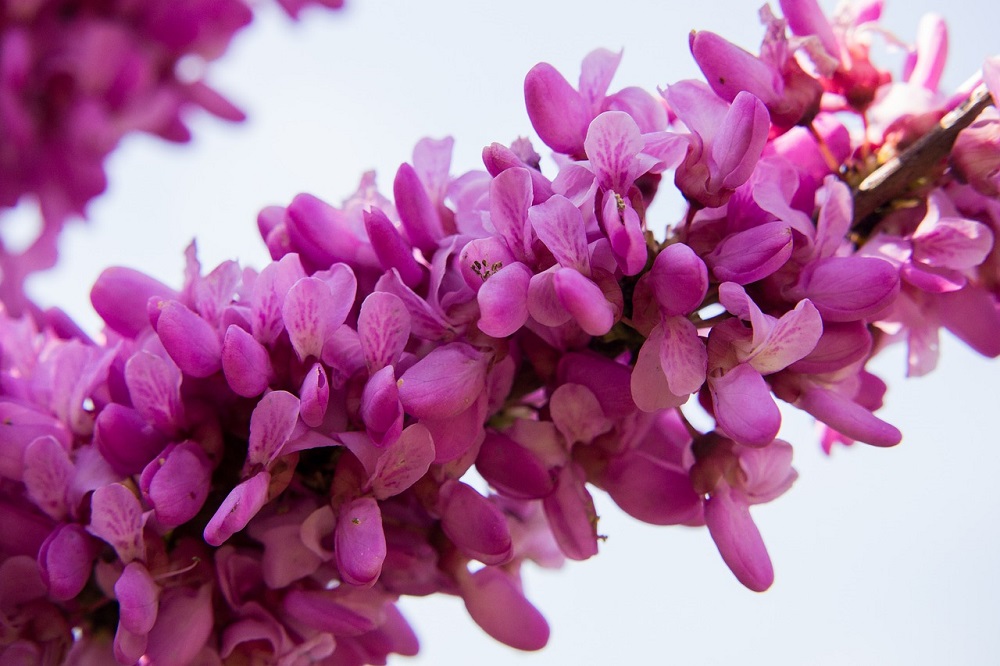
Suicide for the Church
The beauty of the siliquastro does not however hide the tragedy of Judas’ suicide. From the moral point of view, the Church considers suicide a serious offense to love for God who gives life to man; to the right love for himself; to love for neighbour, because it breaks the bonds with others. It can also be a scandal for others, when it happens thinking of giving an example. However, there are occasions when the responsibility of the act can be mitigated, such as in the presence of serious mental disorders or extreme situations.

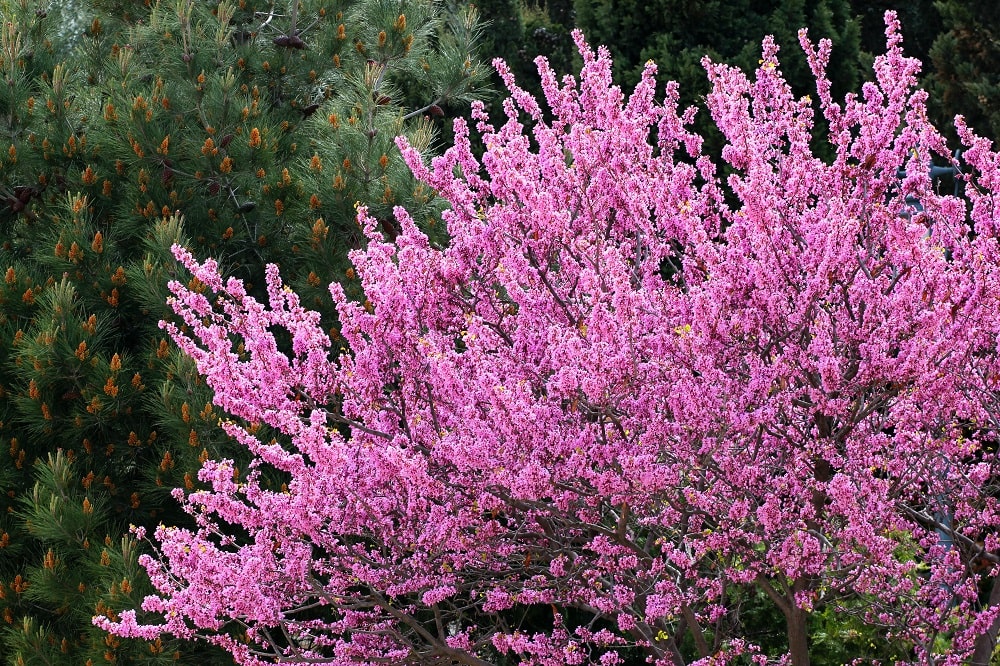
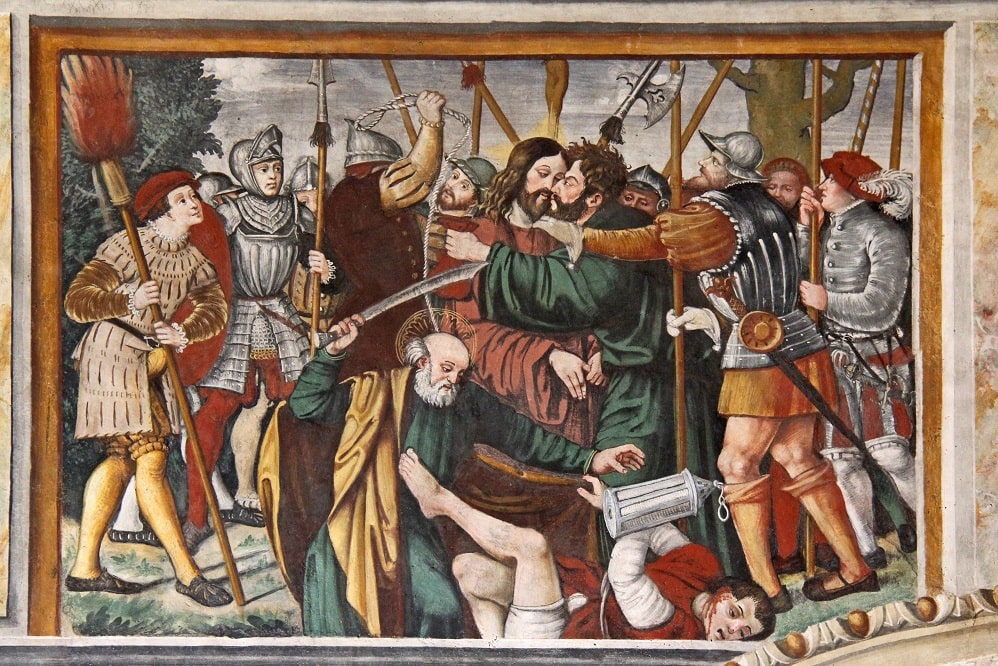

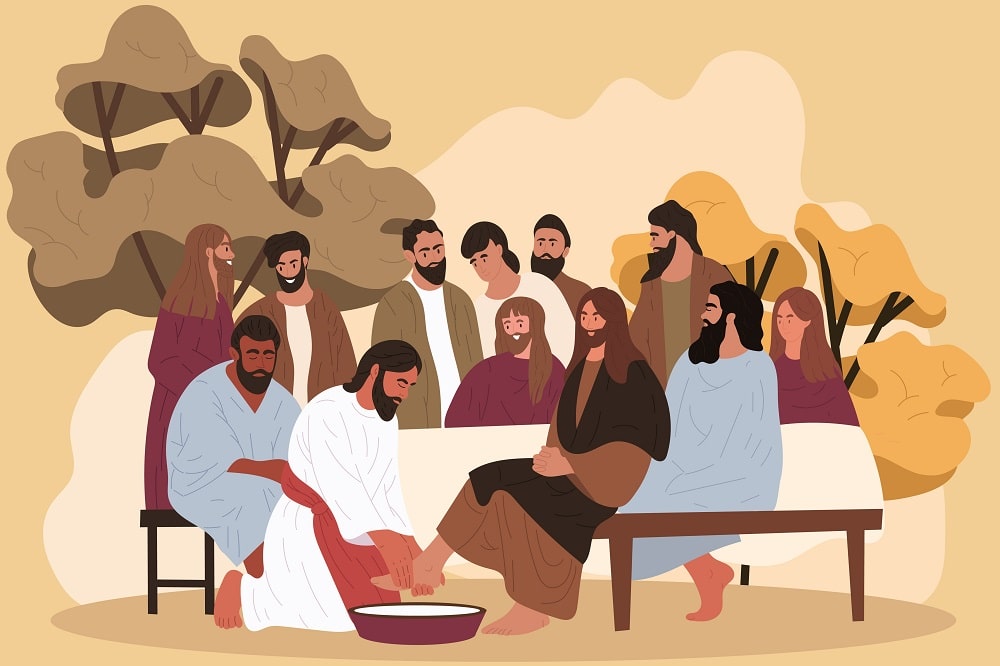


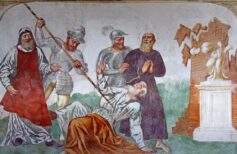

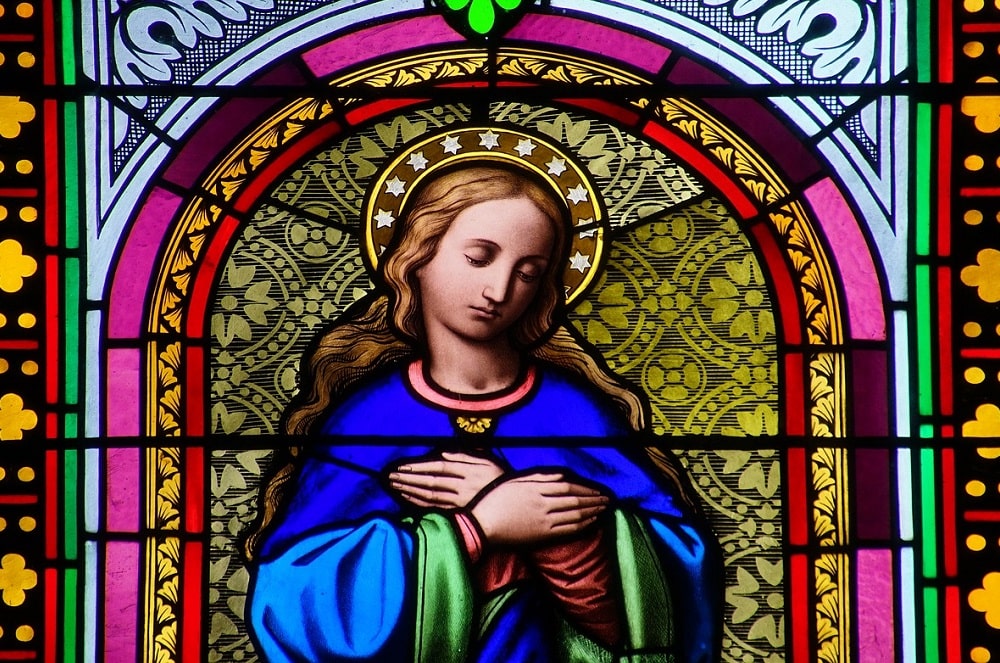
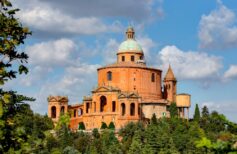








 25 August 2025
25 August 2025






